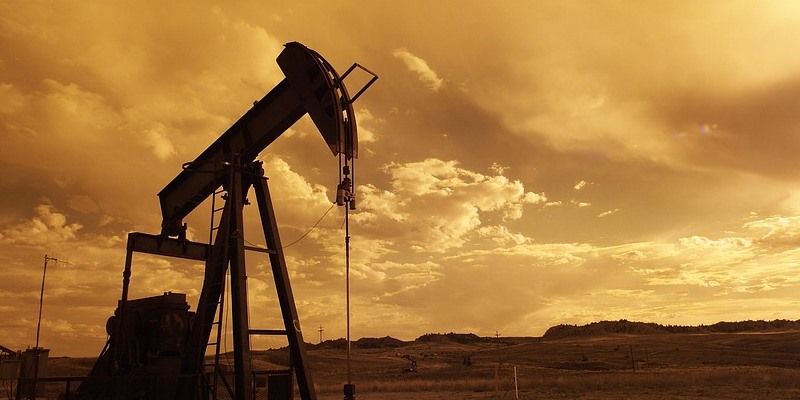Energy industry losing billions while Ottawa twiddles its thumbs

Way back in 2016, researchers at the Fraser Institute first set out to measure the costs Canada incurs due to insufficient pipeline capacity and access to more lucrative foreign markets. They found that higher profits from tidewater connections by all Western Canada heavy oil production—at a price of US$40, US$60 and US$80 per barrel—the annual benefits could reach C$8.9 billion, C$18.5 billion and C$28.2 billion respectively.
But that was then and this is now. Canada still can’t get its oil to tidewater, and as a result, Canada loses out on significant revenues. The main reason, of course, is lack of pipeline capacity (or “takeaway” capacity) to get oil out of Alberta. In 2018, Western Canadian oil production reached 4.3 million barrels per day in September but the takeaway capacity on existing pipelines remained constant at around 3.9 million barrels per day. That’s a serious shortfall in oil transport capacity.
Canada’s lack of adequate pipeline capacity to tidewater—either east or west—has led to an overdependence on the U.S. market and reliance on more costly modes of energy transportation such as rail. In 2018, these factors coupled with the maintenance downtime at refineries in the U.S. Midwest, led to depressed prices for Canadian heavy crude oil (Western Canada Select) relative to U.S. crude oil (West Texas Intermediate or WTI) and other international benchmarks.
There’s always a discount for Western Canada Select (WCS) due to its physical characteristics and long distance to market, but in October 2018, WCS traded at only about 40 per cent of WTI, representing a whopping discount of 60 per cent. In November, the price differential further widened and reached almost 70 per cent, meaning WCS was sold at only 30 per cent of WTI.
That discount turns into real money. According to Fraser Institute researchers, in 2018, even after accounting for quality differences and transportation costs, the depressed prices for Canadian heavy crude oil resulted in C$20.6 billion in foregone revenues for the Canadian energy industry. That’s equivalent to approximately one per cent of Canada’s national GDP. This type of substantial lost revenue for Canada’s energy industry will continue until new pipelines come online.
Crucially, a high price differential means lower-than-expected royalties for governments and lower corporate income tax revenue for energy-producing provinces and Ottawa—revenue that could pay for vital services such as health care and education and/or reduced taxes.
Overall, given the accumulation of lost potential revenue for the energy sector in recent years and the staggering loss in 2018 alone, the case for expanding Western Canadian pipeline capacity is clear.
Finally, it doesn’t help that while Alberta’s balance sheets are burning, the federal government continues to fiddle with Canada’s pipeline capacity. Recently, after seemingly endless delays, the Trudeau government announced that it “can’t guarantee” to have a decision on the Trans Mountain pipeline expansion before the federal election in October. Remember, that’s the pipeline the government bought last year on behalf of Canadians (you and me) for C$4.5 billion.
Canada needs additional pipeline capacity urgently to cut its losses on the exports of Canadian oil. It’s absolutely irresponsible for any government to play politics with the timing of a pipeline approval for a project Canadians already purchased and want to see built.
Authors:
Subscribe to the Fraser Institute
Get the latest news from the Fraser Institute on the latest research studies, news and events.


